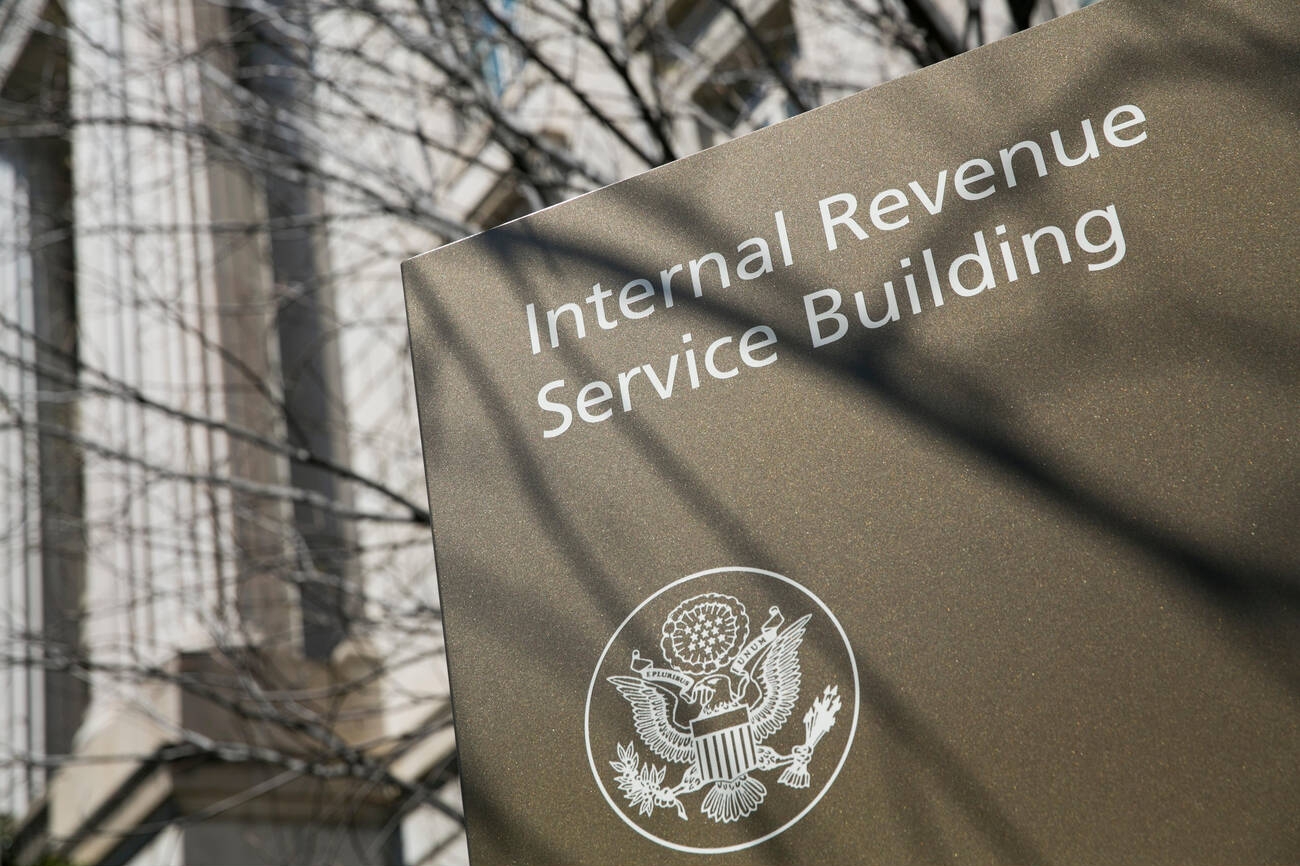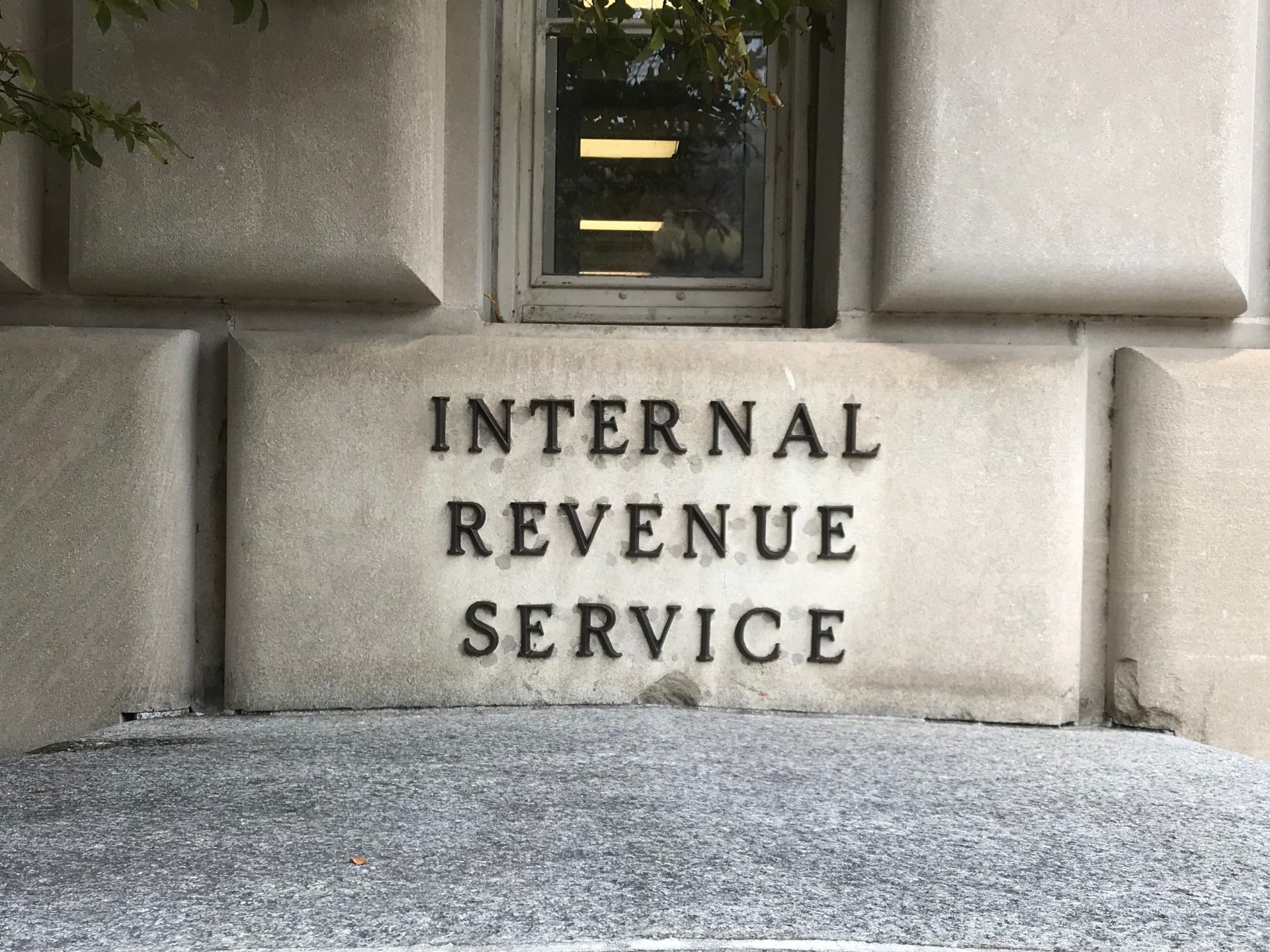Small business owners still waiting for their pandemic-era Employee Retention Credit (ERC) payments got good news and bad news from the IRS on Aug. 9.
The good news is the IRS said it’s accelerating payments to businesses that had submitted legit claims for the tax credit and will now begin processing claims filed between Sept. 14, 2023, and Jan. 31, 2024. The bad news is the agency is continuing to work denials of improper ERC claims, intensifying audits, and pursuing civil and criminal investigations of potential fraud and abuse that resulted from a “promoter-fueled wave” of improper claims from businesses.
In recent weeks, the IRS has sent out 28,000 disallowance letters to businesses whose claims showed a high risk of being incorrect, which the agency estimates will prevent up to $5 billion in improper payments. The IRS also said that thousands of audits are underway, and 460 criminal cases have been initiated.
The Washington Post reported that more than 7,300 businesses have retracted their ERC claims—totaling $677 million—since the IRS launched a withdrawal process last year.
On the flip side, the IRS said it has identified 50,000 valid ERC claims and is quickly moving them into the pipeline for payment processing in the coming weeks. These payments are part of a low-risk group of claims, according to the agency.
“After processing is complete, the claims will be paid out to taxpayers. The IRS projects payments will begin in September with additional payments going out in subsequent weeks,” the agency said on Friday. “The IRS anticipates adding another large block of additional low-risk claims for processing and payment in the fall.”

In a statement, IRS Commissioner Danny Werfel called the ERC “one of the most complex tax provisions ever administered by the IRS” and said the agency “continues working hard to balance our work to protect taxpayers from improper claims while also making payments to qualifying businesses.”
“It has been a time-consuming process to separate valid claims from invalid ones. During the past year, we maintained a steady cadence of both ERC approvals and disapprovals,” he said. “The IRS is committed to continuing our work to resolve this program as Congress contemplates further action, both for the good of legitimate businesses and tax administration.”
The findings of an IRS review of the ERC program, announced in June, confirmed concerns raised by tax professionals and others that there was an extremely high rate of improper ERC claims in the agency’s inventory.
The IRS also said it’s aware of concerns from some tax professionals that valid ERC claims were erroneously being denied and that businesses have unclear options to appeal.
“While we are still evaluating the results of this first significant wave of disallowances in 2024, early indications indicate errors are relatively isolated and that more than 90% of disallowance notices were validly issued,” the agency said on Aug. 9. “The IRS will continue to remain in contact with the tax community and monitor the situation and make any adjustments to minimize burden on businesses and their representatives. Specifically, the IRS will adjust its processes and filters for determining invalid claims following each wave of disallowances. While the IRS is still evaluating the results of this first significant wave of disallowances in 2024, early indications indicate errors are isolated.”
The IRS also noted that in limited cases where claims can be proven to have been improperly denied, the agency will work with taxpayers “to get it right.”
When businesses receive a denial of an ERC claim, they have options available to file an administrative appeal by responding back to the address on the denial letter, the IRS said. The agency’s website also has additional information on administrative appeals with the IRS independent Office of Appeals.
“The IRS learned that some of the recent early mailings have inadvertently omitted a paragraph highlighting the process for filing an appeal to the IRS or district court, and the agency is taking steps to ensure this language is mailed to all relevant taxpayers,” the IRS said. “Regardless of the language in the notice, the IRS emphasizes taxpayers have administrative appeals rights available to them and reminds all taxpayers that details on the process for filing an appeal or otherwise challenging an IRS determination can be found throughout the agency’s literature and on IRS.gov.”
The ERC was created to help struggling businesses keep their doors open and employees on the payroll during the COVID-19 pandemic. But the credit became awash in fraud, with third-party companies encouraging businesses to claim it when they didn’t qualify. Some promoter groups called the credit by another name, such as a grant, business stimulus payment, government relief, or other names besides ERC or the Employee Retention Tax Credit (ERTC), according to the IRS.
Last September, the IRS halted processing new ERC claims and slowed processing those made before the moratorium. The pause allowed the agency time to digitize information on the large study group of ERC claims, which are made on amended paper tax returns.
“The subsequent analysis of the results during this period helped the IRS evaluate next steps, providing the agency valuable information to improve the accuracy of ERC claims processing going forward,” the IRS said.
The agency initially hoped to lift the moratorium last spring, but that wasn’t possible as it was still sifting through its backlog, leaving many businesses and nonprofits without their refunds for an unknown period of time. Since the pause, the IRS processed 28,000 claims worth $2.2 billion and disallowed more than 14,000 claims worth over $1 billion, the agency said in June.
Businesses have filed at least 3.6 million claims for the ERC since the program’s debut, the Washington Post reported. It has distributed at least $232 billion, Werfel said in June, far exceeding Congress’s initial expectations.
Now the IRS said it will start processing ERC claims filed between Sept. 14, 2023—the day the moratorium took effect—and Jan. 31, 2024. The IRS said “work will focus on the highest- and lowest-risk claims at the top and bottom end of the spectrum. This means there will be instances where the agency will start taking actions on claims submitted in this time period when the agency has seen a sound basis to pay or deny a refund claim.”
As the IRS begins to process additional claims, the agency reminds businesses that they may receive payments for some valid tax periods—generally quarters—while the IRS continues to review other periods for eligibility. ERC eligibility can vary from one tax period to another if, for example, government orders were no longer in place or a business’s gross receipts increased. Alternatively, qualified wages may vary due to a forgiven Paycheck Protection Program loan or because an employer already claimed the maximum amount of qualified wages in an earlier tax period, according to the IRS.
“This has been a resource-intensive credit for IRS teams to evaluate,” Werfel said. “Unfortunately, the situation was compounded by misleading marketing flooding businesses to claim these credits, creating a perfect storm that added risk of improper payments for taxpayers and the government while complicating processing for the IRS and slowing claims to legitimate businesses.”
The final fate of the ERC program itself is still unknown. It was scheduled to expire in April, but legislative efforts to officially end it floundered once again earlier this month when the Senate voted down a bipartisan House tax bill that would have pulled the plug on the tax credit.
With TNS News Wire Services
Thanks for reading CPA Practice Advisor!
Subscribe Already registered? Log In
Need more information? Read the FAQs




